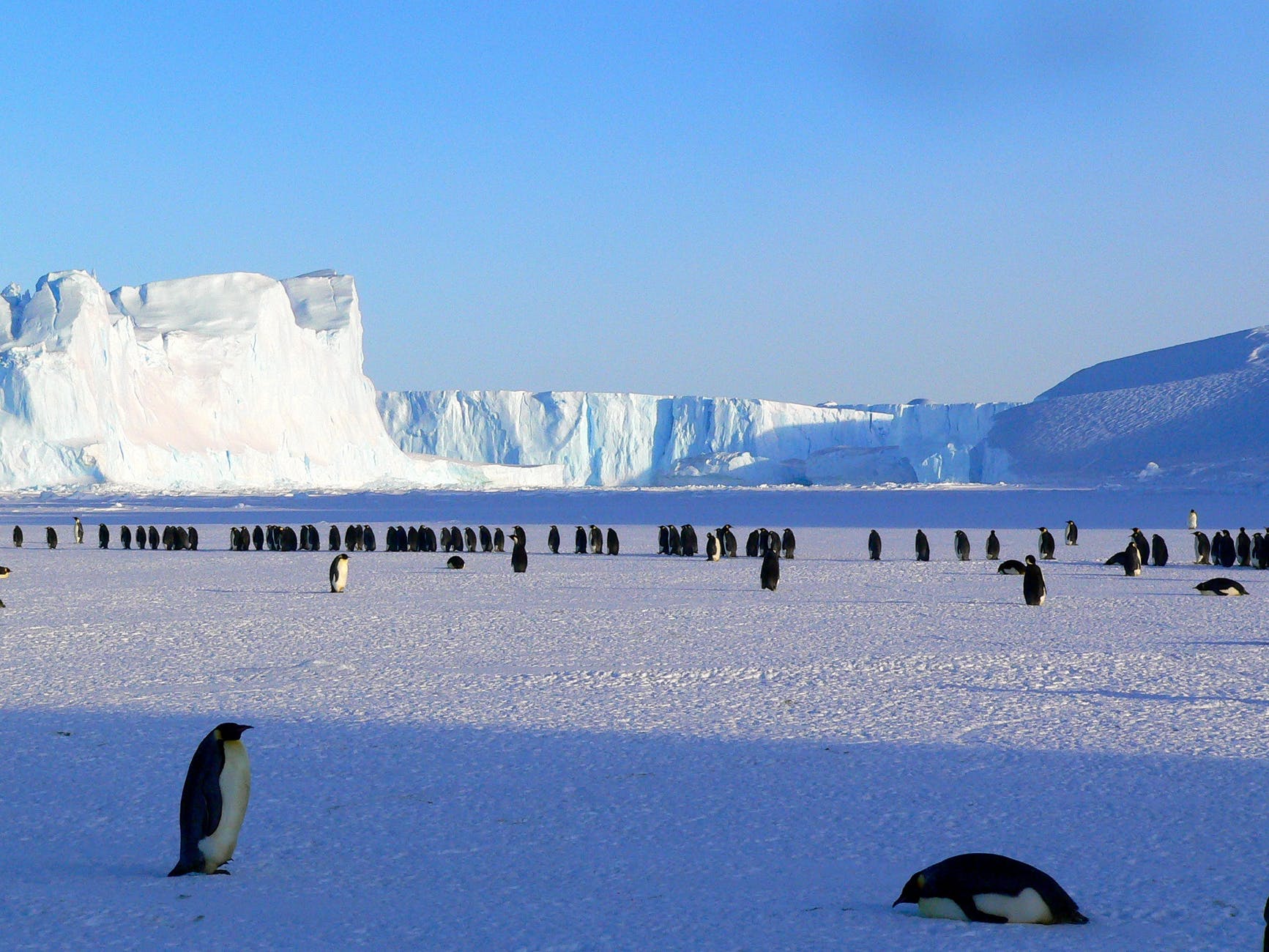Let’s go back to the basics. So, there are seven continents in the world, and all of them are massively populated, all but one. That one continent being Antarctica. This myth of a gigantic land is a big chunk of ice and land floating in the southern hemisphere is indeed a very curious piece of land. Scientists acknowledge it to be the wealth of knowledge and continue to unravel many of the world’s mysteries through this exciting continent.
Though they are making continuous and never-ending efforts to know more and more of this land, very little of it is known. But whatever scientists may find in the future and enlighten the humans about, I am here to aid you in expanding your knowledge a bit more about the basics of this place called Antarctica
Who owns Antarctica?
No one owns Antarctica, in essence, though seven countries viz. New Zealand, Australia, France, Norway, the United Kingdom, Chile, and Argentina claim its lands, most countries refuse to accept these claims.
Emergence of the Antarctic Treaty?
The claims made by the countries before were largely unacknowledged, so when World War II occurred, there were great fears that the largely unexplored lands of this place might be used for military purposes like nuclear testing. These fears came to a rest only after the Antarctic Treaty was signed.
This treaty was signed on October 1, 1959, after the summer of 1957, when scientists from twelve countries went to Antarctica to research and put aside their political tensions and had to work together. They shared data and helped one another on a cold, faraway continent. In doing this, they learned about the Earth as a whole system. This made countries realize that collaboration trumps competition, and hence, the twelve participating nations of the International Geophysical Year that went to Antarctica to carry out research decided to sign a treaty called the Antarctic Treaty.
The ATS was signed in 1959, and it currently has 53 member countries that abide by an agreement to keep Antarctica a place of peace and research for all humanity. It also helps prevent military activities from occurring there while allowing collaborative scientific research.
The purpose of the Antarctic Treaty
The treaty’s purpose is to ensure that Antarctica remains an international scientific zone, free from politics or territorial claims.
Any country doesn’t govern Antarctica, but it has a body of parties responsible for keeping peace and conducting research on the continent. These are the nations that signed the treaty and consist of two groups.
The consultative parties that conduct research on the continent and are involved in the decision-making process and the non-consultative parties who neither conduct research nor are involved in the decision-making process but can attend the Antarctic Consultative Meetings (ATMs).
What is Antarctica – a country, a continent?
Antarctica is not a country. Neither does it have a government, a sovereign, a permanent population, or the capacity to enter into relations with other states.
It is defined as a continent, and legally it is called a de facto condominium, where several sovereign states ruler together equally, but it is also more than that which has led some scientists who live and work there to describe themselves as Antarcticans.
What is the population of Antarctica
The continent’s population is the scientists residing there for research purposes which ranges from 1000-5000 based on the season.
The political leader
Antarctica has no supreme political authority, like the president, but is managed by the multinational Antarctic Treaty System (ATS), which determines who can access and use Antarctica with no leader.
The future of Antarctica
The future of Antarctica is a concept that has been the subject of various kinds of scientific investigation and speculation for over a century. The activities that threaten the sustainability of Antarctica include mining, bioprospecting, fishing and tourism. Along with the deeply felt negative consequences of climate change, it becomes imperative that no more than ever, the principles of the Antarctic Treaty are not compromised and nations continue to make collaborative efforts to work for the sustainability of Antarctica and, therefore, for the sustainability of the world.




